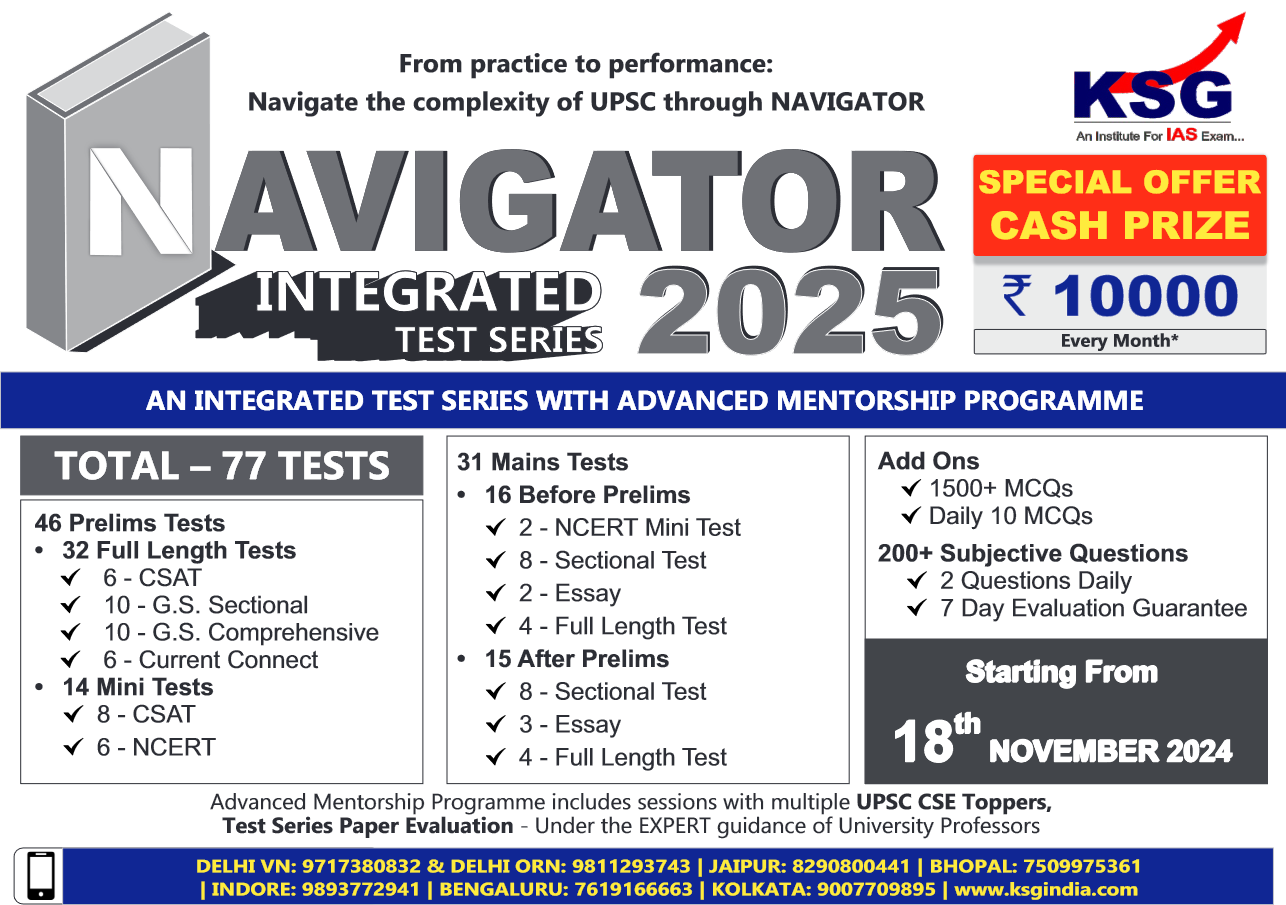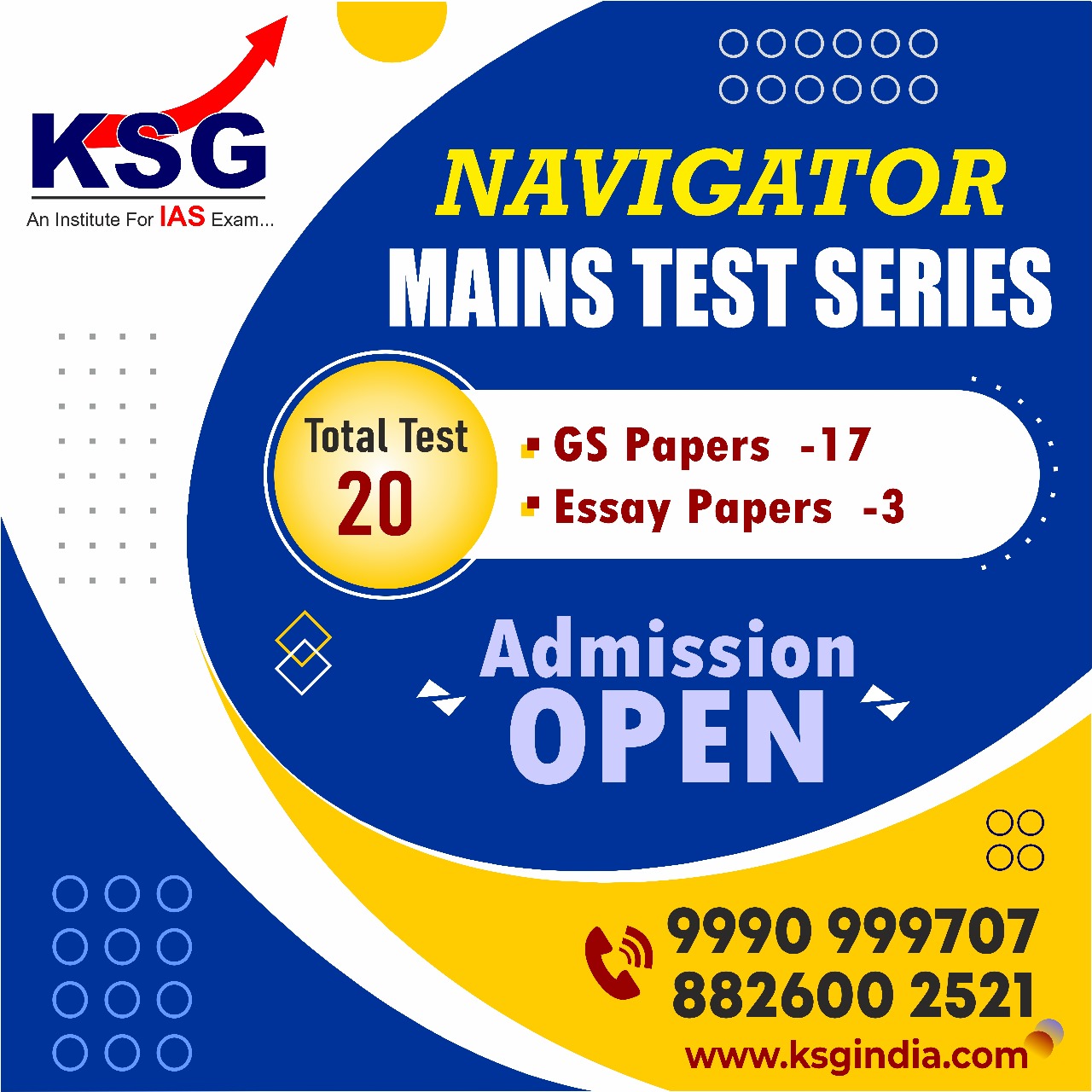A new mission for quantum computers
Source: By Amitabh Sinha: The Indian Express
“Nature isn’t classical, dammit, and if you want to make a simulation of nature, you’d better make it quantum mechanical, and by golly it’s a wonderful problem because it doesn’t look so easy,” remarked Richard Feynman, a Nobel Prize-winning physicist with a cult status, at a lecture at the MIT Computer Science and Artificial Intelligence Laboratory in 1982. This lecture — later published as a paper under the title ‘Simulating Physics with Computers’ — in which Feynman proposed the development of different, more powerful computers by utilising the quantum mechanical properties of matter, is often considered the original idea behind quantum computers.
Four decades later, quantum computers have become a reality, though they are yet to do anything meaningful. Getting quantum computers to realise their full potential and perform tasks impossible or impractical for the conventional computers is one of the hottest areas of research. Recently, India decided to join in this global effort in a big way, by setting up a Rs 6,000 crore National Mission on Quantum Technologies and Applications. Development of homegrown quantum computers is one of the major objectives of the mission.
Not just another fast computer
Quantum computers are not just the next generation of faster and more efficient computers. Conventional computers, when they are more powerful and have much higher capabilities, become supercomputers. But these perform their tasks in the same way as the normal home computers or mobile phones do. Quantum computers are fundamentally different in the way they handle and process information. They are meant to be useful in some very specific situations where the traditional ways of computing are inadequate. For more mundane uses, like playing a video or browsing the internet, quantum computers would not offer any significant advantage over conventional computers.
If conventional computing is compared to the task of climbing up the stairs of a tall building, a more powerful computer would mean getting a fitter or healthier person to climb. The fitter person can probably go faster and a few storeys higher, but would eventually get exhausted. Using the elevator is a fundamentally different way of accomplishing the task. There is a significant gain in speed, but the main advantage is the ability to access floors that would be out of reach, or extremely inefficient to climb, for any person. At the same time, in certain situations, like when only the first couple of floors are to be reached, the elevator might not offer any great advantage.
Quantum properties
While elevators rely on machines and electricity to perform a task too difficult for human beings, quantum computers exploit the very special properties of matter in the sub-atomic world for calculations beyond the capabilities of ordinary computers.
Small particles, the size of atoms or its constituents like protons or electrons, exhibit a number of strange properties that go entirely against our everyday experiences. For example, these particles can exist at multiple locations at the same time, a phenomenon called superposition, but only till no one is looking. The moment they are observed at one place, they cease to exist at all other places. Then there is the property of entanglement, the ability of a particle to instantaneously influence the behaviour of another with whom it had an earlier ‘interaction’, even when they are separated by arbitrarily great distances. Research on entangled particles won the Physics Nobel last year.
Conventional computers store and process information in bits. A bit is the smallest unit of data that computers can handle. It can take just two values — 0 or 1 — but only one of these at a time. A zero would result in a certain set of instructions to be carried out, while a one would lead to a different set of instructions. All data in computers, including text, pictures and videos, are broken down into a sequence of zeros and ones for purposes of storage and processing, and can be reconstructed from these.
A two-bit system in a conventional computer can have four states — (0,0), (0,1), (1,0) and (1,1) — but again only one at a time. To go through each of these four states, the computer has to take four steps. A more powerful computer can speed up the process, but it would still have to go through the four steps.
This is where the quantum computer starts to do things differently. Superposition makes it possible for the quantum bit, or a qubit as it is called, to exist in both 0 and 1 state simultaneously. Counter-intuitive as it may appear, it can be 60 per cent 0 and 40 per cent 1 at the same time, or any other combination. Similarly, the two-qubit system can be in all four states at the same time — some part (0,0), some part (0,1), some part (1,0) and remaining (1,1). What it means is that a quantum computer can go through these four states in one step, unlike the conventional computer that requires four steps.
Not yet perfect
As more qubits are added, the processing capability of the quantum computer increases exponentially. With just a few qubits, say 50, quantum computers can outpace traditional computers that perform a couple of billion operations per second. Tasks that conventional computers would take millions of years to finish can become a matter of seconds with a quantum computer. Such tasks are found in a variety of domains, like internet and data security, and health research. And this is where the main use cases of quantum computers lie.
However, it is not all straightforward. Apart from the challenges in building a quantum computer — requirements of very cold temperatures and extreme isolation — there is a significant risk of errors. The parallel processing happening in superposition states all lead to different results, only one of which is correct or desirable. In other situations, when the superposition breaks down, the final outcome is randomly selected from the range of possibilities. But this would make quantum computer totally useless. Error correction, and the ability to guide the computer to produce the correct result as the most favoured option, is one of the ongoing areas of active research.
The mission in India


